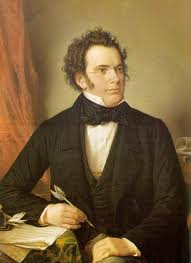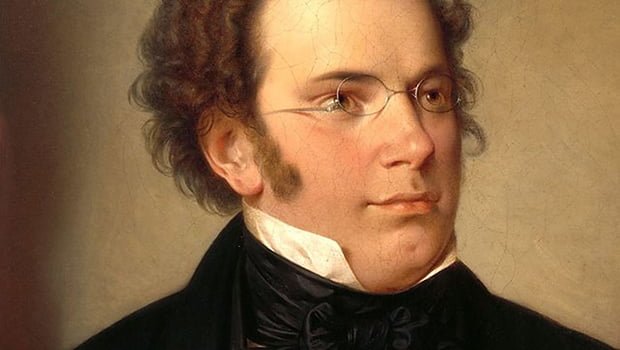The History of Symphony No. 8 in B Minor by Franz Schubert: The Enigmatic “Unfinished Symphony”
Franz Schubert’s Symphony No. 8 in B minor, D. 759, popularly known as the “Unfinished Symphony”, remains one of the most famous and intriguing works in the history of classical music. Composed in 1822, this two-movement symphony has fascinated musicians, scholars, and audiences for generations. Its incomplete state has sparked endless debate and added to its legendary status.
The Background: Schubert’s Life and Work in 1822
By 1822, Franz Schubert (1797–1828) was already an established composer of songs (Lieder), chamber music, and piano works. However, like many of his symphonies, Symphony No. 8 was not performed publicly during his lifetime.
This was a period of both artistic growth and personal struggle for Schubert. He was battling the early symptoms of serious illness, likely syphilis, which would ultimately shorten his life. Despite these hardships, Schubert was incredibly productive, continuing to compose prolifically.
In this creative environment, Schubert began working on a new symphony in B minor, but for reasons still unclear, he left it unfinished.
The Composition: Two Completed Movements
Unlike traditional symphonies that typically feature four movements, Schubert’s Symphony No. 8 consists of only two completed movements:
- Allegro moderato
- Andante con moto
Both movements demonstrate Schubert’s evolving orchestral style. The first movement opens with dark, brooding strings, leading into one of Schubert’s most memorable and lyrical themes. The music blends drama and melancholy with moments of lyrical beauty, reflecting the Romantic spirit of the time.
The second movement continues with a sense of lyrical introspection, marked by rich harmonic textures and sudden emotional contrasts. Together, these two movements create a powerful and cohesive musical narrative, despite the absence of the traditional final movements.
The Mystery: Why Was It Left Unfinished?
One of the biggest questions surrounding Symphony No. 8 is why Schubert never completed it. Several theories have been proposed:
- Creative Dissatisfaction: Schubert may have been unhappy with the symphony and abandoned it in search of new musical ideas.
- Health Issues: His deteriorating health may have prevented him from finishing the work.
- Shift in Priorities: Schubert could have shifted his attention to other projects, such as his Symphony No. 9 (“The Great”) in C major, which he began shortly afterward.
Despite the speculation, there is no definitive answer. The mystery of its incompleteness continues to fuel scholarly debate.
The Rediscovery and Premiere
For decades, the manuscript of the “Unfinished Symphony” remained hidden from the public. It wasn’t until 1865, nearly 40 years after Schubert’s death, that the work came to light.
The symphony’s surviving manuscript was in the possession of Anselm Hüttenbrenner, a friend of Schubert and fellow composer. Hüttenbrenner had kept the score for decades before finally sharing it with the music world.
The first public performance of the symphony took place in Vienna, on December 17, 1865, conducted by Johann Herbeck. The audience was immediately captivated by the symphony’s emotional depth and beauty.
The Legacy: A Masterpiece in Its Own Right
Today, Schubert’s Symphony No. 8 in B minor is celebrated as one of the cornerstones of Romantic orchestral music. Its unfinished state has not diminished its reputation—instead, it has enhanced its mystique.
Musicians and musicologists continue to admire the symphony for its:
- Emotional intensity
- Innovative orchestration
- Haunting melodic lines
- Harmonic richness
Over the years, several composers and conductors have attempted to “complete” the symphony by adding additional movements, often based on Schubert’s sketches or later works. However, none of these completions have replaced the original two-movement version in the public imagination.
Conclusion: The Timeless Appeal of the “Unfinished Symphony”
Franz Schubert’s Symphony No. 8 in B minor remains one of the most beloved and frequently performed works in the symphonic repertoire. Its combination of mystery, beauty, and emotional depth ensures its enduring place in music history.
Whether seen as an incomplete fragment or a finished artistic statement in its own right, the “Unfinished Symphony” continues to resonate with audiences worldwide, reminding us of Schubert’s extraordinary gift for melody and expression.


Comments are closed